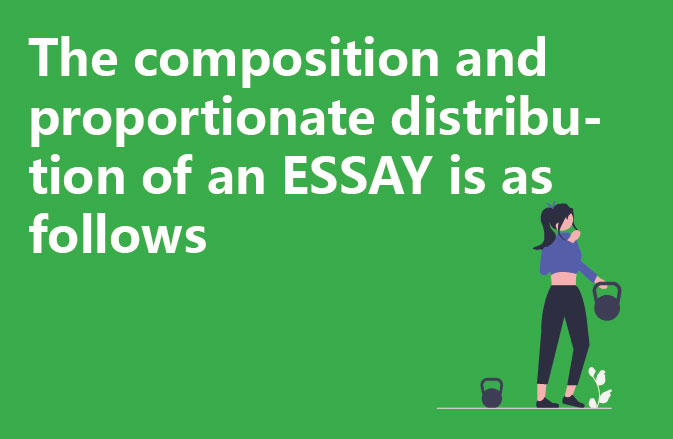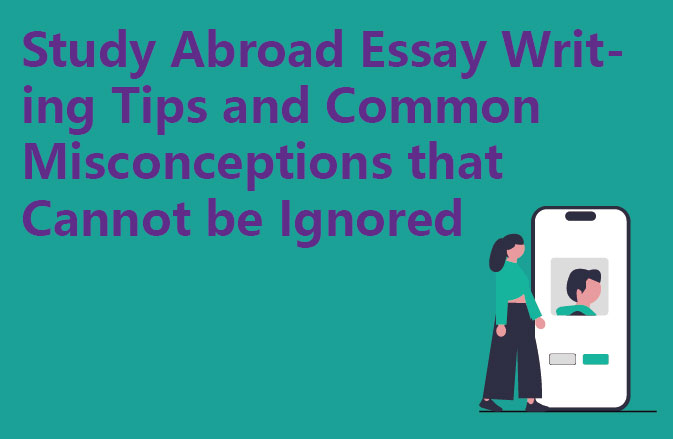Introduction: Occupying 10% of the whole ESSAY, its content should involve Thesis Statement and Overall Themes;
.2, Main Body: occupy 80% of ESSAY, which contains a number of Topic Sentences, Supportive ideas (Date + Examples) and Concluding Sentences, it is recommended that the layout of 3 paragraphs or more, to ensure that the combination of the same approach to each paragraph;
.3. Conclusion: occupying 10% of the total share, as the epilogue and summary of ESSAY, including Final Comment and Summary of the Main Points;
After determining the proportion of each part of the distribution, you can handle the details according to the requirements of the topic, but you need to pay attention to highlight the centre of gravity.
When writing ESSAY, please pay attention to:
. 1, Introduction: close to the theme and simple and clear introduction to background knowledge and elaboration of the core of the composition, while introducing the main points of the article, so that readers can understand the intention of the study. It is important to make the introduction a necessary element of a quality essay to better meet the expectations of the reviewers.
– The Introduction should contain the following five key elements:
– A brief description of the dissertation topic Background.
– A brief description of the thesis topic Background; Specific discussion of the thesis situation Situation.
– Cite relevant literature to support the thesis.
– Explain the key concepts in the thesis.
– Aim+Objectives.
– Main Body: The body of the paper should begin with a topic sentence, followed by strong arguments supported by experimental data analyses, examples, or citations, and must accurately state the implications of these arguments for the core thesis. When summarising, the topic points need to be restated to avoid introducing new topics.
– Conclusion: The body of the paper reviews the main information points of the ESSAY and confirms the answers to the research questions, highlights the findings and implications of the research, and suggests possible challenges for future research as well as ideas for improvement. In terms of specific content, it should cover the research findings, theoretical value, policy recommendations, and future research predictions with limitations.
– Executive Summary: Located at the very beginning of the whole paper, it plays the dual role of menu and brochure, aiming at arousing readers’ interest to read the content in detail. There is no absolute rule on the word count of abstracts. Generally speaking, the abstracts of common academic journals should be between 200 and 250 words, while the abstracts of academic conference papers should be between 150 and 300 words, and the abstracts of dissertations should be at least 400 words.




